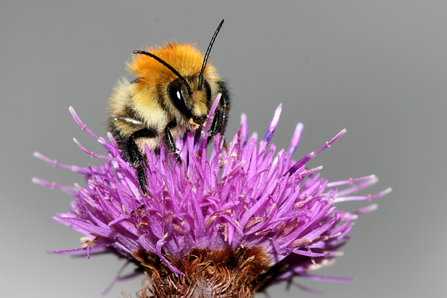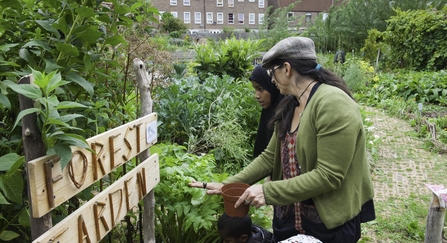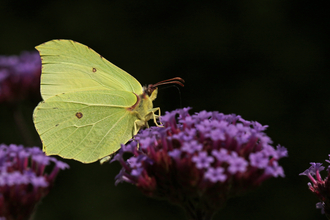
Common carder bee by Wendy Carter
Insects are in all of our neighbourhoods and communities and are vital for helping to produce our garden flowers, for pollinating a lot of the fruit and vegetables that we grow and for breaking down organic and rotting matter such as deadwood, leaves and manure. Without insects where we live would be a very bleak place indeed.
Sadly, insects have been declining since World War II. Some of this is down to things like increased use of pesticides across the landscape. But their habitats are declining too; 97% of our wildflower meadows have been lost, for example, largely through agricultural changes and intensification, development and neglect. Whilst local authorities, charities and other organisations are looking at what they can do for insects on a wider scale, there is so much more that needs to be done and almost everyone can play their part.




